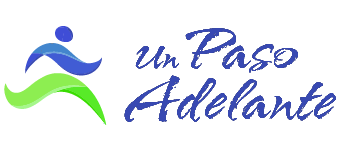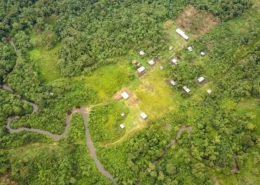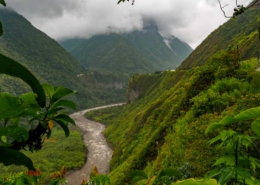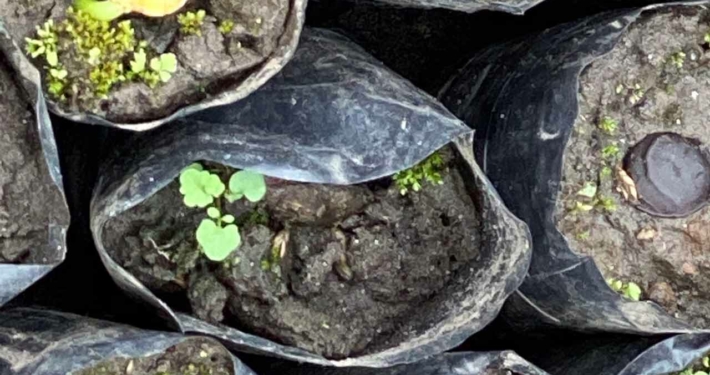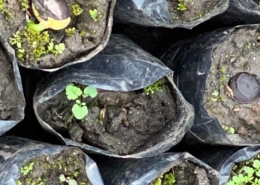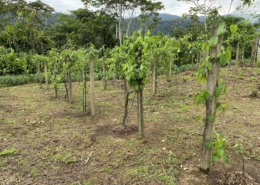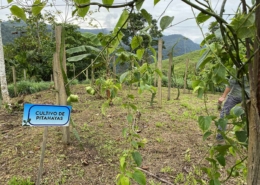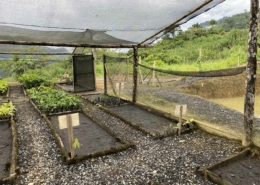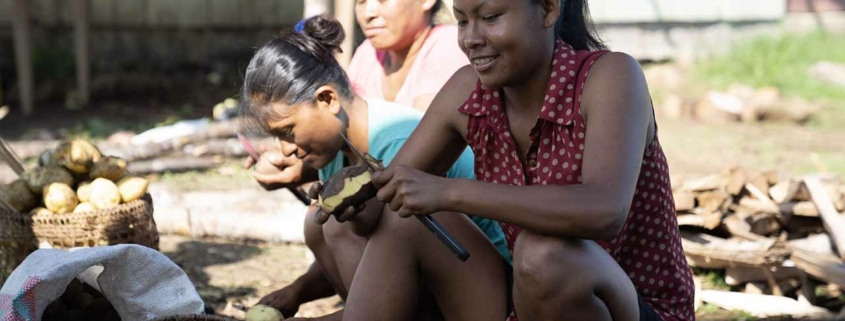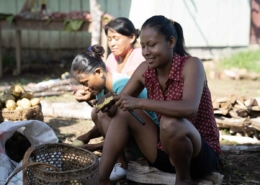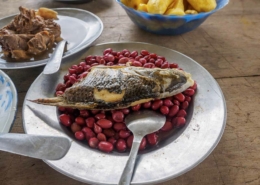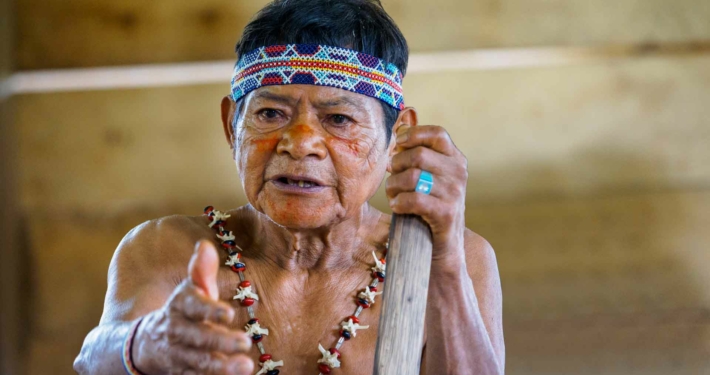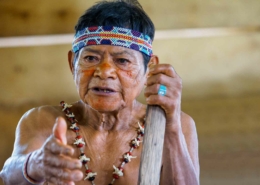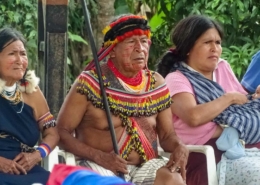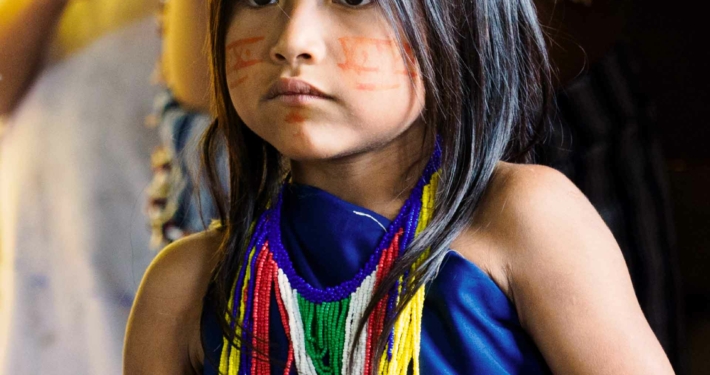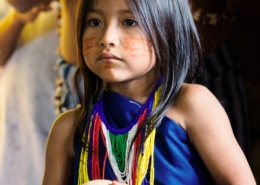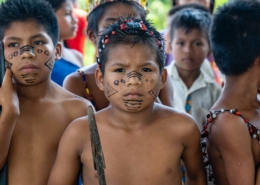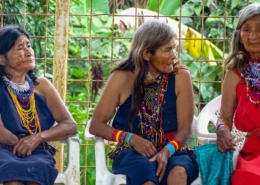Who are they and where do they live?
The Shuar Nationality is one of the largest ethnic groups of the Amazonian Region. “Shuar” means people. This group lived in Ecuador before the Inca of Peru ascendancy. However, the Shuars, with their courageous and brave character did not accept the Inca domination. Along with other tribes, they dominated the inter-Andean region, beyond the eastern mountain range of the Andes, the Zamora river, Bomboisa, Santiago, Morona and Paute.
Currently, they inhabit the jungles of Ecuador and Peru. Their population is approximately 110,000 people (Ministry of Economic and Social Inclusion of Ecuador, 2010). Their traditional language is Shuar and their second language, with which they interact outside their communities, is Spanish.
